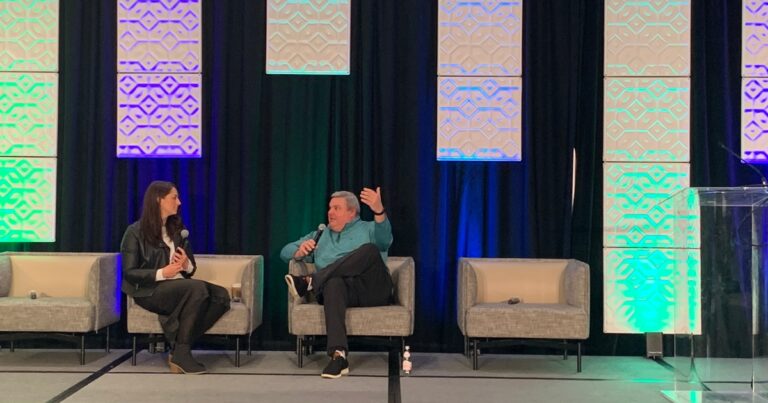Wealth management still may not be as sexy as investment banking, but the shift away from the days of cold calling and portfolio management has the potential to make it more attractive, according to panelists and attendees at RIA Edge Nashville.
Arthur Ambarik, CEO of Perigon Wealth Management, noted how the financial advisor role is moving away from drumming up clients and managing assets.
“In the future, one of the things that will make advising more attractive to young folks is that they won’t have to be salespeople, necessarily,” he said. “They won’t have to be these rainmakers. They won’t have to be asset managers. They will be trusted professionals who provide holistic financial advice to people. That, I think, is the big change.”
The shift has been spurred by more fee-based advice and technological advancements in investment management and client work. According to Ambarik, that results in an increasingly professionalized structure for the next generation of advisors.
San Francisco-based Perigon has been working on its structure with input from Constellation Wealth Capital, which took a minority stake in the firm in January 2024. Constellation’s Lisa Crafford, managing director and head of advisory, was on stage with Ambarik on Wednesday and noted that the increased professionalism of RIAs provides further opportunities for employees.
“The breadth of opportunities inside the firm changes,” she said. “Now we look across the spectrum of roles, and we hear titles like chief of staff, president, director of marketing, CMO and CTO.”
On the sidelines of the conference, Phil Foire, co-founder and CEO of Procyon Partners, stressed his firm’s focus on creating dedicated teams across investment management, tax planning, trusts and estates, and even employee benefits so advisors can focus on their clients.
“The conversation with my FAs is, ‘what’s your best value?’” he said. “Is it really inputting financial plans at night and thinking about it while you’re putting your babies to bed? Or is it spending that quality time with clients with a deliverable that comes from people who are working all day, every day, on financial plans and investments and such.”
Procyon Partners launched in 2017 as a Dynasty Financial Partners firm with about $2 billion in assets under management. Today, it has close to $9 billion in assets, and Fiore attributes much of its organic success to that operationalized structure.
“When we bring a family in, what I want my FA’s to do is to bring in some of the other department specialists that yield to a much larger bench,” he said. “The FA is the coach that brings in all these specialists at any given time, depending on their situation. We are winning business like that versus having our FA being the parrot of all of it.”
Constellation Wealth’s Crafford discussed the importance of creating an organizational chart for large RIAs serious about growth.
The chart “tells the story of where you are today and the organization’s functionality, but also where the organization is going,” she said. “That professionalization around having that mapped out for today, for next year, for five years from now and weaving that in with performance reviews really kind of elevates everybody from the most junior person on your phone to the most senior.”
Ambarik also sees a future when advisor compensation is less tied to the eat-what-you-kill model, which can mean starting out with a lower salary than other jobs in finance.
“The compensation package of the future for advisors, if we’re attracting these kinds of young, talented people, is a combination of base salary, incentive compensation and equity,” he said. “That incentive may be tied to the growth of the business, but it’s not going to eat what you kill, go out and call your friends and family and that kind of thing. That’s not going to attract young talent.”
Crafford advised the audience to seek interns and connections with the over 200 Certified Financial Planner programs nationwide.
“If you haven’t gone to spend half a day at the CFP program, you are really missing out,” she said. “They can’t visualize and don’t understand what a day in life looks like for you. They think you walk into a room and there are 16 monitors tracking the stock market …. you guys in the audience are the ones that should be teaching them.”





